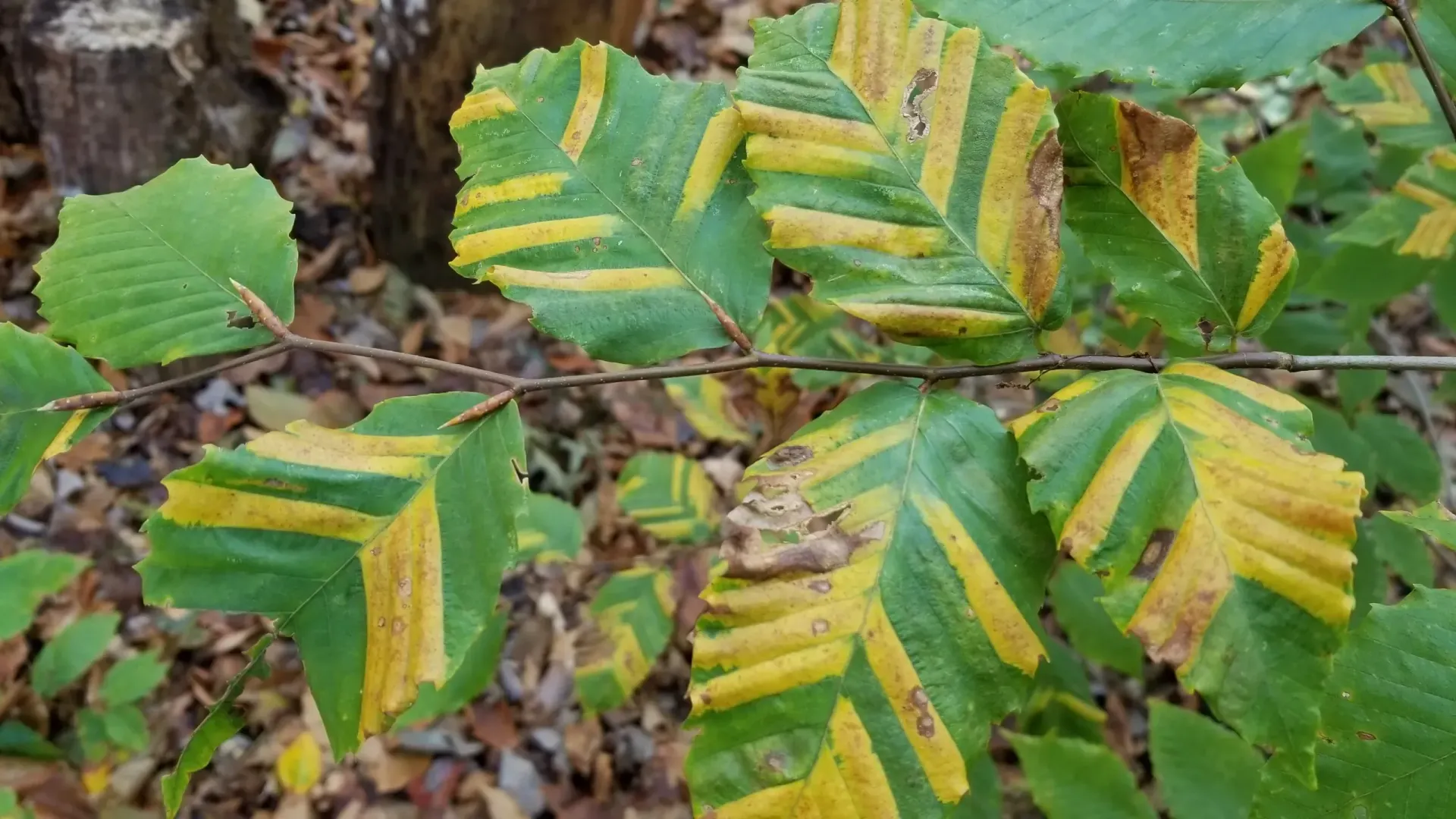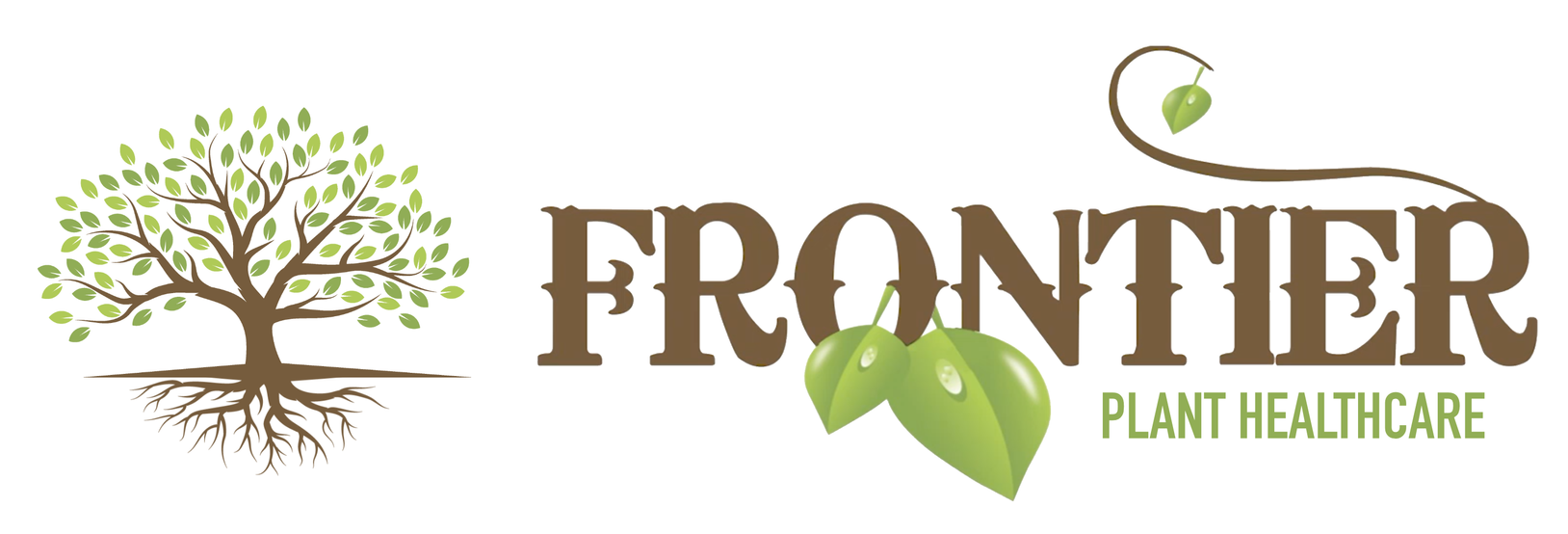The Foundation of a Thriving Landscape: Why Soil Health Matters

When most people think about a beautiful landscape, they envision lush green lawns, towering trees, and vibrant flowerbeds. However, what often goes unnoticed is the foundation of it all—soil. Soil health is the unsung hero of a thriving ecosystem, influencing plant growth, disease resistance, and overall sustainability. Without a strong, nutrient-rich soil base, even the most well-manicured landscapes will struggle to flourish.
Understanding Soil Health: More Than Just Dirt
Soil is far more than a passive medium for plants. It is a dynamic, living environment teeming with microorganisms, organic matter, and essential nutrients. Healthy soil supports root development, retains moisture efficiently, and creates a balanced ecosystem that fosters plant resilience.
The U.S. Department of Agriculture defines soil health as "the continued capacity of soil to function as a vital living ecosystem that sustains plants, animals, and humans." This means that soil is not just a substance but a living, breathing entity that requires care and maintenance.
The Key Components of Healthy Soil
Achieving and maintaining soil health involves understanding its key components:
- Organic Matter: Decomposed plant material enriches the soil, improving its structure and nutrient content.
- Soil Microorganisms: Bacteria, fungi, and earthworms help break down organic matter, making nutrients more accessible to plants.
- pH Levels: The acidity or alkalinity of soil affects nutrient absorption. Most plants thrive in soil with a pH between 6.0 and 7.5.
- Soil Texture and Structure: The balance of sand, silt, and clay influences drainage, aeration, and root penetration.
- Nutrient Availability: Essential minerals like nitrogen, phosphorus, and potassium support plant growth and immune defenses.
The Consequences of Poor Soil Health
Neglecting soil health can lead to a host of issues that hinder plant vitality and landscape sustainability. Some of the most common problems associated with poor soil conditions include:
- Erosion: Without organic matter and proper root systems, soil can wash away, leading to landscape degradation.
- Compaction: Overly dense soil restricts root growth and reduces water infiltration.
- Nutrient Deficiencies: A lack of essential minerals results in weak, discolored, and stunted plants.
- Poor Water Retention: Soil that drains too quickly or holds too much moisture can lead to root rot or drought stress.
- Increased Pest and Disease Vulnerability: Healthy soil fosters plant immunity, reducing susceptibility to pests and diseases.
How to Improve and Maintain Soil Health
Restoring and maintaining soil health requires a proactive approach. Here are some proven strategies to enhance your landscape’s soil quality:
- Regular Soil Testing: Understanding your soil’s nutrient profile and pH levels allows for targeted amendments.
- Composting and Mulching: Organic matter like compost and mulch improves soil structure, adds nutrients, and retains moisture.
- Aeration: Loosening compacted soil increases oxygen flow and enhances root development.
- Cover Crops: Planting cover crops like clover or rye replenishes nutrients and prevents erosion.
- Minimal Chemical Use: Over-reliance on synthetic fertilizers and pesticides can disrupt soil microbiology and lead to long-term damage.
- Proper Irrigation Practices: Overwatering or underwatering can lead to soil imbalances; aim for deep, infrequent watering.
The Future of Soil Health: Sustainable Landscaping Practices
As climate change and environmental degradation continue to impact global ecosystems, soil health is becoming an increasingly critical issue. Sustainable landscaping practices, such as regenerative agriculture and organic lawn care, are gaining traction as effective ways to combat soil depletion and promote long-term health.
For homeowners, businesses, and municipalities, investing in soil health is an investment in the future. By prioritizing soil conservation, landscapes can remain resilient, beautiful, and sustainable for generations to come.
Conclusion
A thriving landscape is not just about what we see above ground—it starts from the ground up. Healthy soil provides the essential foundation for vibrant plants, robust trees, and sustainable ecosystems. Whether you are a homeowner, gardener, or landscape professional, understanding and caring for your soil is one of the most impactful steps you can take to ensure long-term success.
By embracing soil health as a fundamental principle, we can create landscapes that are not only visually stunning but also environmentally responsible and resilient in the face of changing climates.
Contact Frontier Plant Healthcare
For expert soil health assessments, organic plant care, and sustainable landscaping solutions, contact Frontier Plant Healthcare:
- Website: www.frontierplanthealthcare.com
- Phone: (732) 671-0372
- Email: debaslavin@gmail.com
- Location: Navesink, New Jersey, United States




